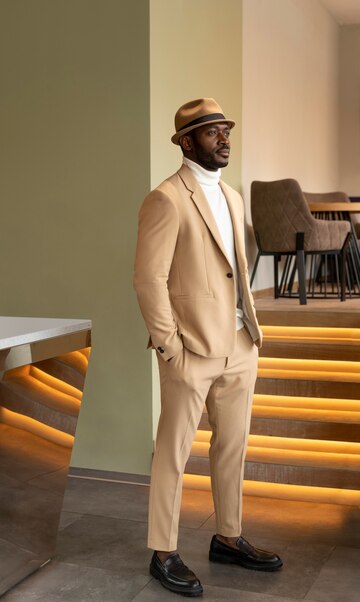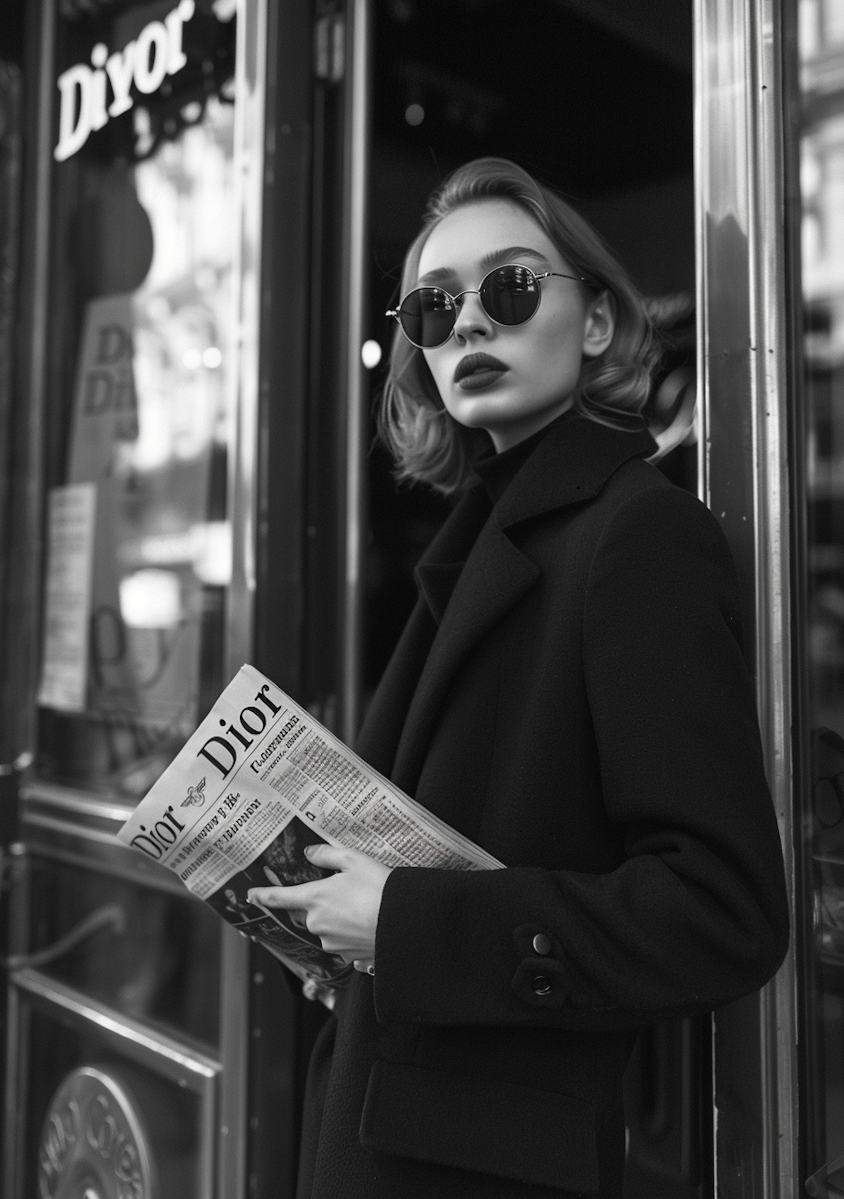Table of contents
- The Early 20th Century: Formality and Tailored Elegance
- Mid-Century Shifts: The Rise of Casual Influences
- The Late 20th Century: Bold Transitions and Urban Influences
- The 21st Century: The Era of Streetwear and Lifestyle Fashion
- The Cultural Impact of “Suits to Streetwear”
- FAQs About “Suits to Streetwear”
- Conclusion
Men’s fashion has undergone a profound transformation over the last century, evolving from a strict adherence to formal suits to an embrace of laid-back streetwear styles. This journey—from the era of tailored suits to the modern phenomenon of urban-inspired fashion—is encapsulated in the key phrase “Suits to Streetwear.” In this detailed exploration, we delve into the historical context, pivotal moments, and cultural drivers behind this transformation, shedding light on how tradition and innovation converge on today’s runways.
The Early 20th Century: Formality and Tailored Elegance
At the turn of the century, men’s fashion was defined by impeccably tailored suits, crisp shirts, and polished accessories. Formal attire was the norm, and every detail—from the cut of a jacket to the sheen of a tie—was dictated by strict social protocols. Suits symbolized professionalism, respectability, and an unwavering commitment to traditional values.
Designers and tailors established the foundation of men’s style by emphasizing quality fabrics, perfect fits, and timeless designs. These early trends set the stage for what would later become a dramatic evolution in fashion expression.
Mid-Century Shifts: The Rise of Casual Influences
Following World War II, the landscape of men’s fashion began to see the first ripples of change. Although formal suits remained prevalent, the introduction of more casual, comfortable clothing slowly infiltrated everyday style. The cultural shifts of the 1950s and 1960s—combined with the burgeoning influence of Hollywood—ushered in a period of experimentation.
Movies, music, and the counterculture movement inspired younger generations to break free from rigid norms. Designers experimented with cut, color, and fabric, gradually blending formal elements with relaxed silhouettes. This era laid the early groundwork for the transformation encapsulated by “Suits to Streetwear.”
The Late 20th Century: Bold Transitions and Urban Influences
The 1980s and 1990s marked a turning point for men’s fashion. With the influence of pop culture, sports, and music, traditional suits began to share the spotlight with more relaxed, expressive styles. Designers started to incorporate elements from street culture, offering a mix that resonated with a dynamic generation seeking to express individuality.
This period witnessed a merging of classic tailoring with the edginess of casual streetwear. Brands began to experiment with hybrid pieces—blending the structure of a suit with the comfort and style of urban attire. The evolution from “Suits to Streetwear” was no longer a trend but a revolution that redefined modern menswear.
The 21st Century: The Era of Streetwear and Lifestyle Fashion
Today, we stand at the crossroads of tradition and contemporary style. Modern men’s fashion is an eclectic blend of classic tailoring and streetwear innovation. Designers are now infusing traditional silhouettes with modern twists—think bespoke blazers paired with sneakers, or fitted trousers matched with graphic tees.
The rise of digital culture, social media influencers, and the democratization of fashion has accelerated the shift from formal to casual, paving the way for the streetwear movement. Streetwear is not merely casual wear; it is a statement of cultural identity, creativity, and rebellion against the status quo. The journey of “Suits to Streetwear” represents more than a change in clothes—it is a mirror reflecting the societal transitions and diverse lifestyles of modern men.
The Cultural Impact of “Suits to Streetwear”
The transformation from traditional suits to contemporary streetwear is deeply intertwined with cultural shifts. This evolution is reflected in several aspects:
- Economic Influence: The shift toward casual dress reflects changing workplace norms and a move away from rigid office environments.
- Cultural Expression: As society becomes more diverse, personal style is increasingly seen as a form of self-expression and individuality.
- Innovation in Fashion: Designers and brands continue to innovate, integrating technology, sustainability, and multicultural influences into modern collections.
- Global Reach: The streetwear movement has bridged the gap between luxury and accessibility, making high fashion more inclusive and diverse.
FAQs About “Suits to Streetwear”

A: It represents the evolution of men’s style—from traditional, formal suits to the contemporary, urban-inspired streetwear that defines modern casual fashion.
A: While the roots of this transition can be traced back to the post-World War II era, significant changes emerged in the late 20th century with the rise of pop culture and urban influences.
A: Changing social values, increased emphasis on individuality, and the influence of music and sports culture have all played a significant role in shifting consumer preferences toward more casual, expressive clothing styles.
A: Modern streetwear often includes a mix of relaxed silhouettes, bold graphics, sneakers, hoodies, and hybrid pieces that combine classic tailoring with contemporary casual elements.
Conclusion
The journey from classic suits to urban streetwear marks a pivotal century in men’s fashion. Today, “Suits to Streetwear” is not just a trend but a testament to the ever-evolving nature of style, creativity, and self-expression. From the meticulous tailoring of early 20th-century suits to today’s bold, urban ensembles, men’s fashion continues to reinvent itself, reflecting both the rich history of tradition and the dynamic spirit of modernity.





